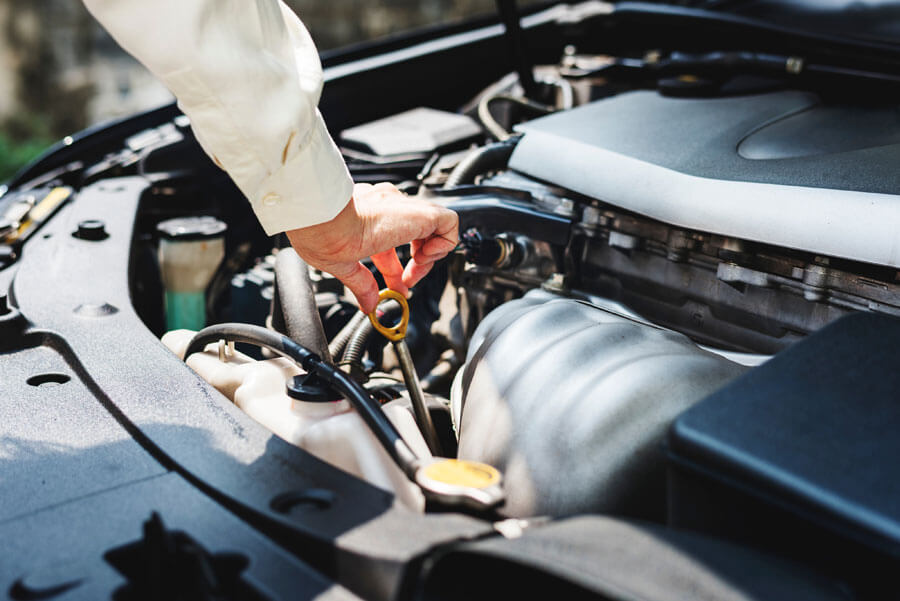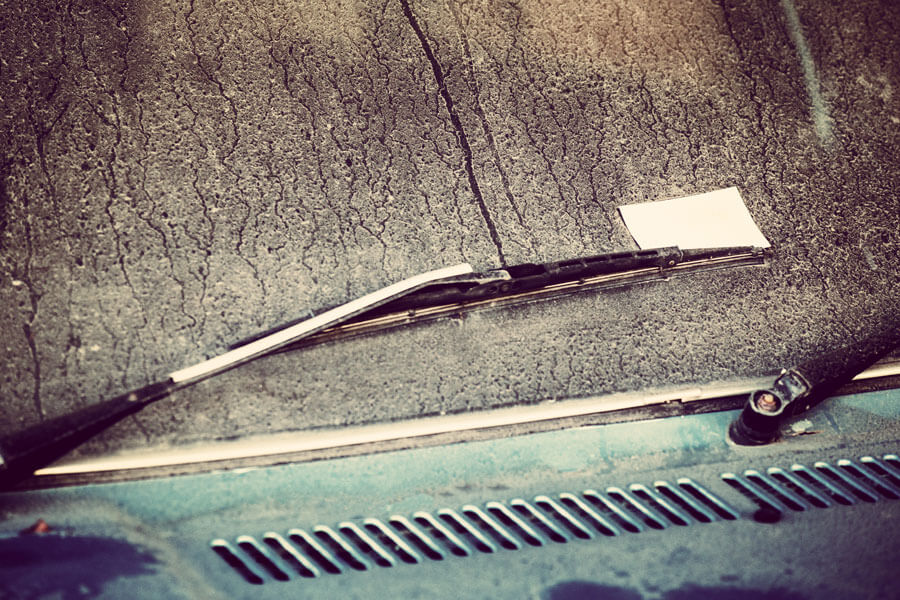Although cars are amazing pieces of machinery, they are still leagues away from self-repair—we still need to do the job. Just like how vaccines help prevent serious diseases from damaging our body, so is the same with car maintenance and degradation. If you can prevent serious damage being done to your vehicle, not only will it last longer, it will save you a bundle of money on repair costs. No matter if you bought a car online or in person, they’re complicated machines—you need to be careful when doing maintenance. But what components do you need to monitor? What should be looked at the most often, or conversely, the least often? Let’s break it down.
Who Needs The Manual? I Can Totally Do This Without One
You probably don’t need the manual to figure out how to put a computer monitor stand together, but your car manual is just a tad more important to pay attention to. Without some key info the manual provides, you could end up doing some serious damage to your vehicle even if you’re putting the correct fluid into it. The manual provides key info like how to properly clean your vehicle (inside and out), the type of fluids your car should be using, even what level certain fluids should be at (though it’s usually full). Not only that, but it also gives you an overview of all the parts in your car and where each is located. In addition, it tells you how to operate all the features of your vehicle properly so you reduce wear and avoid breaking certain parts. A car’s manual is nothing to gloss over, take some time out of your day to go through it before starting any maintenance. You might even learn something new you didn’t know about your vehicle.
Don’t Forget Scheduled Maintenance
Unless you’ve taken mechanic training (or are one yourself) there are still parts of your vehicle that are best handled by professionals for scheduled maintenance. Your owner’s guide will inform you as to when those need to take place. This is also important if you ever want to sell your car. After maintenance has been performed, keep those service records. They show all the work you’ve had done on the vehicle and can be a big selling point, since it builds trust with your potential buyer.
Start With the Fluids

If you can’t name at least 3 fluids you should be putting into your car, learning more about what liquids your vehicle needs should be the first place you start. Most vehicles will need the following types of fluids:
- Brake fluid – allows for the components of your brakes to move
- Engine oil – lubricates the parts of your car’s engine to avoid wear on pieces rubbing against each other
- Radiator coolant – keeps the engine from getting too hot so it doesn’t overheat
- Power steering fluid – helps to turn the wheels to make steering easier
- Windshield washer fluid – the fluid used to spray your windshield when it gets dirty
- Transmission fluid – keeps the transmission from overheating and smooths out gear changes
The most common fluid you’ll need to refill will be washer fluid, especially during the winter. This is because dirt, slush, and snow will often be sprayed onto your windshield from other vehicles. While you can use an OEM branded fluid, third-party brands for washer fluid also do just fine for most vehicles. There are even specific makes to use during the winter to help with de-icing. Engine oil will likely be the next on the list of replacing, since it’s a good idea to do at least one oil change per year. However, this will depend on how often you’re driving and whether you’re spending a lot of time on the highway.
If you’re unsure of how much fluid your vehicle needs, consult the manual or call the dealership relevant to your vehicle. Alternatively, you can also call a mechanic shop. If you’re not 100% sure you’re putting the right fluids into the right area, stop. Flushing your car’s systems can cost a lot and potentially cause highly expensive damage to your car if they are filled with the wrong liquid.
Don’t Tire Yourself Out
See what we did there, with the double meaning of tires? We’ll see ourselves out. Jokes aside, tires are a crucial component of any vehicle, and an expensive one when they need to be replaced. Avoid replacing them more often than necessary by keeping them at the proper tire pressure at all times. Plus you should have your tires rotated once a year to reduce wear and tear.
Wipe Those Tears/Dirt Away

Wiper blades are constantly exposed to the elements, so replacing them to ensure they’re wiping their best is important. Since Canada typically has to deal with extreme cold and extreme heat investing in a good pair to get you through the year isn’t a bad idea. However, after about a year they should be replaced to ensure the blades are effectively cleaning your windshield.
Your Car’s Lungs-The Engine Air Filter
Just like human lungs, having nasty gunk in an engine air filter makes it perform less optimally. The more stop-and-go you do and dusty areas you drive in, the quicker you’ll need to replace it. Unfortunately, some engine air filters can be hard to access, so you’ll need to consult your manual for details. Otherwise, you may need to get it replaced at a service shop. Like your wiper blades, it’s good to replace the engine air filter about once a year.
Another important part to replace would be your cabin air filter (if your vehicle is equipped with one). This has more to do with your lungs than your car’s since the cabin air filter removes particulate matter from the air inside the cabin (aptly named right?). Similarly to the engine air filter, your cabin air filter should also be replaced at least once a year (you could even replace both at the same time).
Don’t Get Shocked When Your Battery Dies
Batteries have an annoying habit of dying out when you need them the most, so don’t let this happen to you with your car battery. Make sure to keep a record of when you replaced it so you know approximately how old it is and when to change it (typically they last for about 4 years). Also test the battery terminals for corrosion and top up the battery fluid when necessary.
Of course, cleaning your car cabin and exterior is also a good idea, just make sure you’re not using any sort of cleaning fluid that could damage the interior or exterior. Taking these precautions to keep your vehicle maintained can go a long way to extending its life on the road and making sure you don’t have to make any costly repairs.
